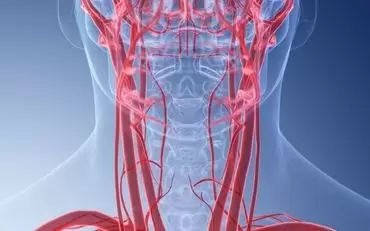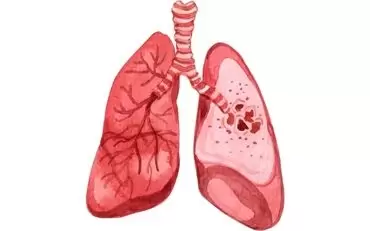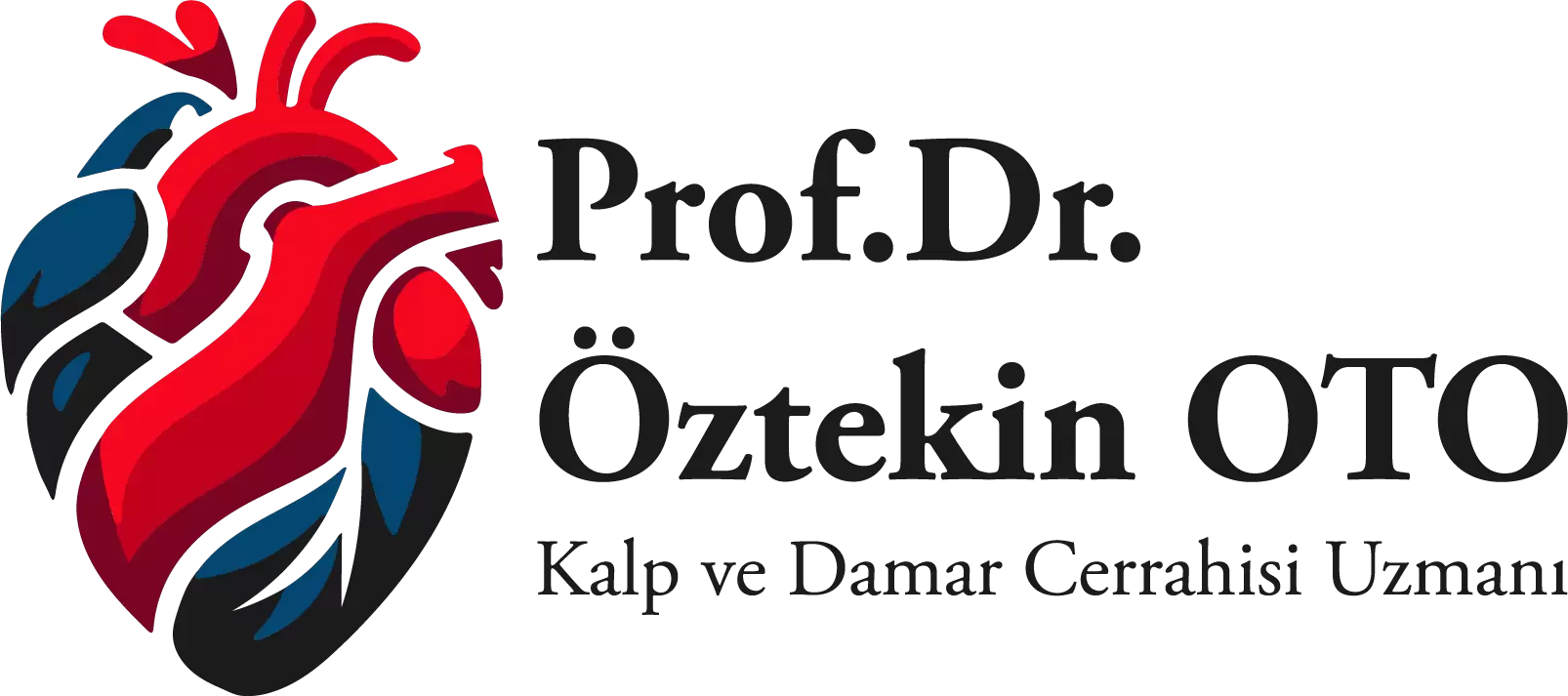29 Oca
Foam Therapy for Varices
Foam Therapy for Varices
Varix is a disease of the veins, which is quite common all around the world. Varix developing as a result of chronic venous insufficiency affect 32% of women and 40% of men. Lower extremity (leg) varices are divided into three groups according to their location and size:
- Varicose veins
- Reticular veins
- Spider veins
Varix causes a negative effect on the daily life of the person lowering the quality of life extensively. Varix generally causes pain, burning, prickling and itching, and may become so severe to lead to movement restriction in the patient. It is therefore critical not to delay its treatment. Symptoms may include:
- Sensation of pain and burning in the legs,
- Itching,
- Cosmetic problems (bluish or purplish veins under the skin)
- Curved veins under the skin,
- Throbbing or aching muscles,
- Swelling in the legs,
- Wound formation in advanced cases,
- Severe pain occurring after long time sitting or standing.
Varices causing both cosmetic and functional problems in the patient are generally treated by either surgical or non-surgical methods. Use of technological advancements in the field of medicine had facilitated new diagnostic and therapeutic approaches. Foam therapy is considered as a very confortable way of treatment.
Foam Therapy Modalities
Foam therapy has recently become a preferred way of treatment for varices. As a breakthrough in venous insufficiency, foam therapy is applied under ultrasonographic guidance and with local anesthesia. Being accepted as an alternative to surgical treatment, foam therapy is quite frequently and successfully applied in treatment of varicosities and recurrent varicosities associated with telangiectasias, reticular veins, isolated varicose veins and perforating veins. The objective of this treatment is to provide a medical shrinkage and drying of the insufficient vein.
Foam therapy is based on the principle of delivery of substances to destruct the venous wall by putting specially developed needles into the vein. This way, integrity of the insufficient vein is destroyed and it will be thrown out of the body in time. This procedure may be applied by fine needles in the veins with minimal diameters. Sclerosing agents used for foam formation are put in reaction with almost 4 times of air and delivered inside the vein. Thus reaction is sustained inside the vein destroying the vascular wall and ensuring closure of the vein after shrinkage.
Advantages of Foam Therapy
As an alternative to surgical methods, foam therapy provides a confortable treatment to the patient. The therapy does not require any bed rest or interruption to the daily life of the patient. Suturing is not needed and the risk of scarring is minimal since there is no incision involved in the procedure. Multi-vessel treatment is also possible at the same session since the amount of medication is minimal. Foam therapy provides a confortable process for the patient. It does not create any pain or discomfort, and causes less post-operative swelling compared to other varix treatment modalities.
Disadvantages of Foam Therapy
As a popularized treatment modality for varix, foam therapy provides a smooth healing process for the patient. And yet, one should not underestimate the role of an experienced doctor in minimizing risks of foam therapy. When not applied in the right manner to the correct patient, it may lead to some problems including:
- Embolism
- Intense pain
- Hyperpigmentation
- Leakage of foam outside the vein
Foam therapy is not recommended for pregnant women. It is also not applied to hemophiliacs. You should consult to a vascular surgeon if your varices affect your daily life negatively. Delaying treatment may cause varicose ulcers rising the risk of infection.
Related Articles

Carotid Artery Disease
Carotid arteries are located on both sides of the neck area. It has a main branch that divides into ..
Read More
Lung Surgery
The lungs are a pair of organs located in the thorax and surrounded by the ribs and the diaphragm. L..
Read More
Genital Varices
Genital varices, which are generally common in women and which cause chronic pain in the pelvic area..
Read More




